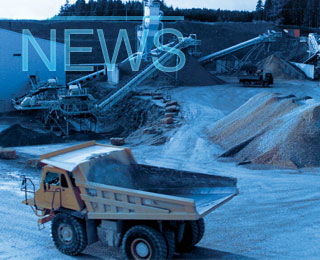On 10 December the World Cement Association (WCA) held its 4th General Assembly Meeting in which it assessed the industry's challenges due to COVID-19 as well as the WCA's current priorities and the new industry patterns emerging post-COVID-19.
"Globally, the pandemic continues at large due to multiple factors such as the downplay of the pandemic, slow response, or lack of mature public health facilities in some countries. The challenge is going on with the uneven resumption of work and production and the decline of cement sales and revenues," said WCA's President, Song Zhiping.
"Enhancing the co-existence of production and environment will be one of WCA priority work, and I believe it is a means for the cement industry to achieve long-term development as well," continued Song Zhiping. "There are several ways to achieve the co-existence. First, conserve energy and reduce emission through technology innovation and equipment R & D, and minimise consumption and emission during production. Second, restore ecological environment in time, step up efforts to rehabilitate quarry and restore quarry ecology. Third, reduce environmental loads by bringing clean energy such as WHR, solar power and wind power into full use. Fourth, promote advanced technologies such as co-processing by cement kilns, CCUS, etc and use them to clean the environment for human beings."
Going forward, Song Zhiping also noted that cement companies in the world need to reshape market competition patterns, and better balance supply and demand, as well as square production with sales. Due to the abrupt outbreak of COVID-19, cement demand plummeted in the short term. Chinese cement output dropped 29.5 per cent in the 1Q20 but recovered at a fast pace from April. The imbalance between supply and demand deteriorates with the outbreak of the pandemic.
